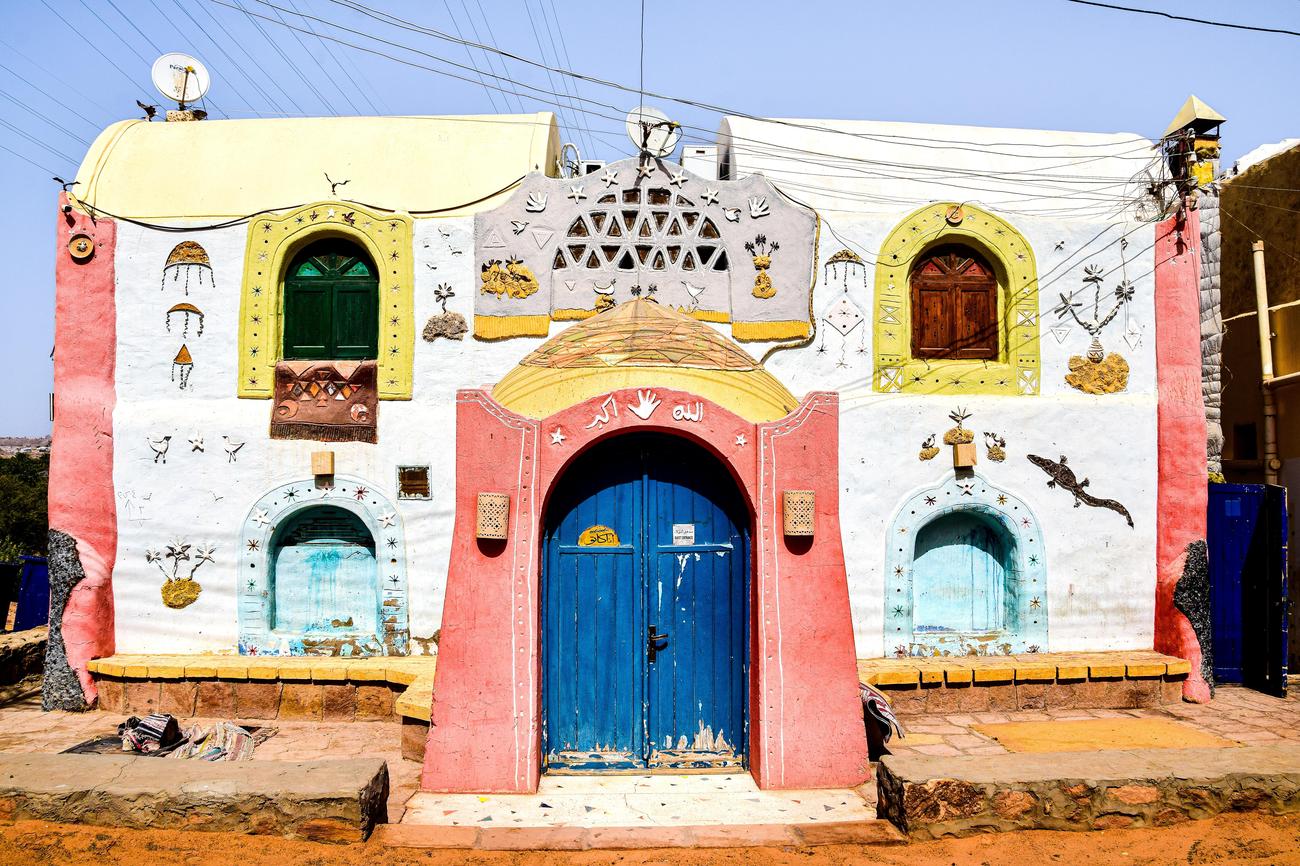Step back in time and delve into the enthralling world of wrestling in ancient Egypt. Unearthing the secrets of this fascinating civilization has long been my passion as an experienced freelance writer specialized in history and archaeology. Now, I invite you to join me on a journey to discover the captivating wrestling facts that once thrived in the heartland of the pharaohs. Prepare to be captivated as we unravel the intriguing tale of ancient Egypt’s sports tradition, with a particular focus on the adrenaline-pumping realm of wrestling. Brace yourself for an adventure like no other as we shine a light on the gripping stories and ancient techniques that made wrestling a cherished part of this remarkable civilization.

Wrestling Facts in Ancient Egypt
In the vibrant and awe-inspiring world of ancient Egypt, wrestling played a significant role as a popular sport and even a form of martial art. Let’s delve into the fascinating realm of wrestling facts in ancient Egypt and uncover the intriguing traditions of this captivating civilization.
Wrestling: A Way to Settle Disputes
Wrestling in ancient Egypt served as more than just a sport; it was also a means to settle disputes. Instead of resorting to violence, individuals would engage in wrestling matches to resolve conflicts. Picture the raw intensity of these bouts as opponents grappled with fierce determination, using a combination of throws, holds, and takedowns to subdue their adversaries. With every move executed, the wrestlers sought to assert their dominance and settle their differences. “Wrestling in ancient Egypt not only showcased physical strength, but also displayed the art of diplomacy in action,” underscoring the cultural significance of this sport.
Tomb Art: A Pictorial Tribute to Wrestling
The ancient Egyptians valued the art of visual storytelling, and wrestling was no exception. The sport’s popularity is evident in the wealth of visual documentation found in tomb art, cave paintings, and other forms of artwork dating back to 3000 BC. These vibrant depictions offer a window into the past, transporting us to a time when wrestling was not only practiced but celebrated. Embark on a journey through time as you marvel at the earliest portrayals of wrestling, which began during the 5th Dynasty (2400 BC) in Egypt. The vivid imagery captures the intensity and skill displayed by wrestlers, bringing the ancient sport to life before your eyes. As you gaze upon the ancient artwork, imagine the wrestlers grappling with passion, their every move carefully choreographed in a mesmerizing dance of strength and strategy.
Inclusive by Nature: Men and Women Wrestlers
Wrestling in ancient Egypt was not limited by gender stereotypes. Both men and women participated in this captivating sport, breaking down barriers and offering a glimpse into the progressive nature of ancient Egyptian society. Whether it was men fighting with fists or women engaging in wrestling matches using their feet, wrestling was a shared passion that transcended gender lines. This inclusivity underscores the importance placed on physical prowess and the pursuit of sporting excellence within ancient Egyptian civilization. Discover the stories of these ancient wrestlers, as their legacies shatter the constraints of gender roles and continue to inspire us today.
Symbol of Dominance: Wrestling as Propaganda
In their quest for dominance, the ancient Egyptians utilized wrestling as a form of propaganda. By showcasing their prowess in this martial art, they sought to symbolize their superiority over neighboring civilizations. Just as a skilled wrestler tactfully overpowers their opponent, the Egyptian civilization sought to assert its authority and prove its might. These exhibitions of strength not only entertained the masses but conveyed a powerful message of Egypt’s unrivaled dominance. “Wrestling in ancient Egypt was not merely a sport, but also a strategic tool used to amplify the empire’s position of power,” highlighting the multifaceted nature of this ancient tradition.
Wrestling in ancient Egypt truly embodies the essence of this captivating civilization. From its ability to settle disputes to its inclusive nature and use as propaganda, this ancient sport holds an important place in history. As we continue to unearth the secrets of ancient Egypt, let us not forget the remarkable traditions of wrestling that have left an indelible mark on our understanding of this magical world.
In ancient Egypt, wrestling held a significant role in their society. The Egyptians believed that the sport not only tested physical strength but also spiritual prowess. Are you curious to learn more about the fascinating facts about wrestling in ancient Egypt? Click here to uncover the secrets of this ancient sport: facts about wrestling in ancient Egypt. Prepare to be amazed by the intriguing history and captivating rituals surrounding this ancient form of combat. Don’t miss out on unraveling the mysteries of wrestling in ancient Egypt!
FAQ
Question 1: What were the different types of wrestlers in Ancient Egypt?
Answer 1: Wrestlers in Ancient Egypt were divided into two classes: those who fought with their fists and those who fought with their feet.
Question 2: How was wrestling used to settle disputes in Ancient Egypt?
Answer 2: Wrestling was often used as a way to settle disputes in Ancient Egypt.
Question 3: Were there any visual representations of wrestling in Ancient Egypt?
Answer 3: Yes, wrestling in Ancient Egypt was visually documented, with artwork dating back to 3000 BC. The earliest portrayals of wrestling in Egypt began during the 5th Dynasty (2400 BC).
Question 4: What techniques were used in Ancient Egyptian wrestling?
Answer 4: Egyptian wrestling showcased a variety of throws, holds, and takedowns to subdue opponents. These techniques were depicted in tomb art, cave paintings, and other forms of artwork.
Question 5: Who participated in wrestling in Ancient Egypt?
Answer 5: Both men and women participated in wrestling in Ancient Egypt. It was an important sport and considered a form of martial art, often used as a form of propaganda to symbolize the dominance of Egypt over its neighbors.
- Georgia Platform: A Southern Strategy, 1850s - March 31, 2025
- How many weeks is 40 days: Quick Conversion Guide for Accurate Results - March 31, 2025
- How many feet is 300 meters? 984 Feet: Understand Length Conversions Easily - March 31, 2025
















